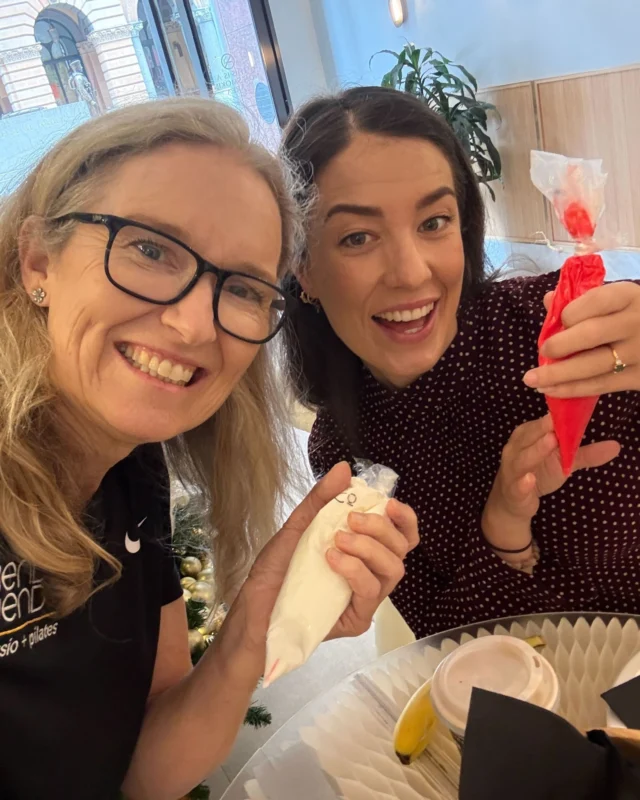Magnetic Resonance Imaging (MRI) is frequently used in sports and musculoskeletal medicine to assist with diagnosis, prognosis and assist with the management of acute and chronic injuries. But how much weight should we be giving MRI results for injury management? Imaging obviously can be an effective tool to provide information on pathologies of the joint/muscle/tissue, but it does not show pain or function. Imaging must always be considered to how it correlates to the patient’s subjective history, function and objective examination. Over the past few years there is a growing body of evidence to suggest that “abnormal” MRI findings throughout the body are common in asymptomatic people.
A UK study (Feb 2020) aimed to determine the prevalence of abnormal knee findings in asymptomatic adults. In this study they performed bilateral knee MRI’s on 115 adults (230 knees). The participants were determined to be asymptomatic through the use of a Knee Injury and Osteoarthritis Outcome Score (KOOS) questionnaire. These participants were also all described as sedentary, meaning that they did not meet the criteria of the recommended 30 minutes of moderate intensity exercise 5 days per week or 20 minutes of intense exercise 3 days per week.
From this study 97% of the knees showed abnormalities!
- 30% of all knees were reported to have meniscus tears..
- 62% of all knees were reported to have articular cartilage abnormalities, of these 41% were moderate or severe.
- 52% of all knees were reported to have bone marrow oedema, mostly in the patellofemoral compartment, 27% of these were moderate to severe.
- 46% of knees had tendon abnormalities, 27% were moderate or severe. Most abnormalities were in the patellar tendon and quadriceps tendon.
- 38% of knees had ligamentous abnormalities, only 3% were moderate (partial rupture) and none were severe (full rupture).
The results of this trial, along with a growing body of research, show that pathologies of the knee joint are common even in the absence of pain. Therefore, despite the increasing use of MRI, diagnosis should be primarily based on the patient’s medical history and physical examination by an experienced clinician, instead of solely focusing on the MRI results. The images may assist in correlating clinical signs and symptoms but should not replace clinical evaluation. You are more than just your scan.
If you have more questions, or need to see a Physio, come and see one of our experienced Sports Physio’s. We have four locations around Sydney’s CBD.





